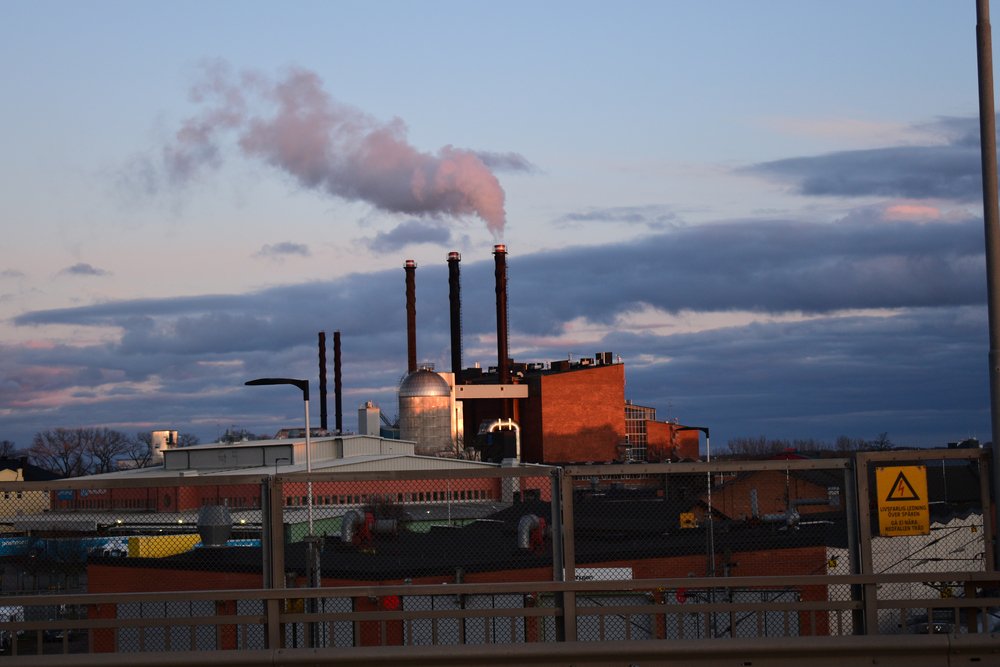Sweden is planning a restart of uranium mining. Starting in January 2026, the ban that has prevented any production will be lifted. This paves the way for new nuclear power plants and a more stable energy supply. The goal remains to reduce dependence on energy imports and to pursue a self-determined nuclear policy. (nucnet: 28.08.25)
Political U-turn in Stockholm
Climate Minister Romina Pormokhtari announced that the issue would be discussed in the cabinet on August 28. The basis for this is a study that recommended allowing uranium mining like other raw material extraction. The decision represents a departure from the previous nuclear policy.

In 2018, parliament passed a ban, supported by the Left and Center parties. The focus was on wind and solar energy. Nuclear power plants were considered obsolete, leaving no room for uranium mining. Since this decision, no permits for exploration or production have been granted.
Uranium mining as a strategic factor
The geopolitical situation lends new importance to the issue. Russia dominates the processing of uranium deposits. Since the attack on Ukraine in 2022, the EU has been seeking ways to make its energy supply more independent. Sweden has around 80 percent of Europe’s known uranium deposits. Uranium is already a byproduct of the extraction of other metals.
Interest from international companies is growing. Aura Energy from Australia and District Metals from Canada are examining sites in the country. This would allow Sweden not only to hold uranium deposits, but also to actively mine uranium and significantly shape European nuclear policy.
Kristersson’s Plans for New Nuclear Power Plants
Prime Minister Ulf Kristersson emphasized: “Sweden is beginning construction of a new nuclear power plant.” His government is aiming for a massive expansion. The type of reactor that will be built remains undecided, but the direction of nuclear policy is clear.
In November 2023, the government announced plans to expand the energy supply by the capacity of two reactors by 2035. A large-scale expansion is to follow by 2045. This ensures that nuclear power remains a key component of a stable electricity grid.
Industrial Partners for Energy Supply
The energy company Vattenfall is preparing concrete steps. At the beginning of the month, the company announced that it was evaluating GE Vernova from the USA and Rolls-Royce SMR from the UK as potential partners for new nuclear power plants. Plants are planned at the Ringhals site in the south of the country.
Vattenfall plans to commission the first modular nuclear power plant in the first half of the 2030s. The company is already securing land for expansion. Although environmental permits are still pending, the country’s nuclear policy is clearly pointing toward growth.
Nuclear Power Plants as the Foundation of Energy Policy
Sweden currently operates six reactors at three locations: Forsmark, Oskarshamn, and Ringhals. According to the International Atomic Energy Agency, nuclear power accounted for approximately 28.6 percent of electricity generation in 2023. Uranium deposits in the country could increase this share in the future.
With its new approach to uranium mining, additional nuclear power plants, and a strategically oriented nuclear policy, Sweden is setting the course for a long-term, secure energy supply. The country is thus becoming a key factor for Europe’s future.
